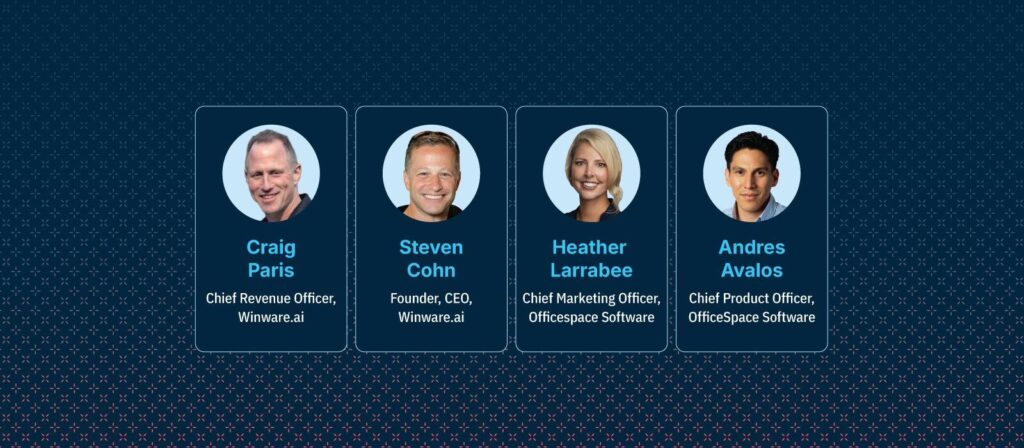
Time tracking done right can help teams gain insight into their work habits and pinpoint inefficiencies that can be improved. Manual spreadsheets often take up too much time to update, but online tools like Toggl can provide simple yet robust ways to track employees’ times. Facility managers can then leverage the data to make changes to their company’s processes. This can be a tricky feat, but there are a few considerations that can help you use Toggl effectively.
Understand your team’s process

Different departments will undoubtedly have different work flows and priorities. For instance, HR will be concerned with time from an efficiency standpoint while client service teams will be focused on tracking billable client hours. Toggl is a useful application for these scenarios.
You can create a team and divide it into different user groups, according to department.
Tasks can be matched to specific clients or projects. With Toggl’s one-click tracking, employees can easily monitor number of hours spent on a task or calculate billable client rates.
Know what you’re analyzing beforehand

Time trackers can help you gather data about how people are spending their time at work, but that data can’t provide value if it isn’t understood and analyzed properly. Decide which tasks should be tracked; ideally, these should be major ongoing tasks such as client meetings or research. Keep in mind that minor administrative duties like answering emails can be cumbersome to track, and ultimately not worthwhile to do so.
With Toggl’s time reports, you can capture a weekly overview of your team’s work schedules—and you’ll see if any duties take a disproportionately longer time to complete than others.
You can then check in with your staff, and discuss whether that task requires that much attention—if it’s for a client, you may want to consider raising your rate as a result—or if there are ways to help them finish their task more efficiently.
Allow for gradual changes

Using a new time tracking system can be a daunting responsibility for many employees. Allow your staff to adapt by testing Toggl with one department or even one project at a time to see if there are any major issues you should address before implementing the system for the entire office. This gives you the chance to gain feedback to make your time tracking processes more effective as well.
It’s also helpful to prepare tracking guidelines for those who will be testing Toggl—provide a demo, explain its benefits and outline which tasks they should monitor. That way, they’ll have an easier time using the tool, and they’ll have a better understanding of why they should treat it as a regular habit.
Avoid tunnel vision

While time tracking can help you track what’s going on in your workplace, you have to consider it with context. Pushing too heavily on the importance of tracking time can cause employees to over-emphasize speed at the expense of quality, or focus on quick-fix problems while avoiding the major ones.
Tracking time is all about gathering useful information. Facility managers who implement this correctly will help their company benefit from insightful data and more refined work processes.
Develop some understanding of how long tasks usually take by reading industry papers or manager’s reports. Sometimes it can be as easy as asking teams to estimate how long they normally spend on certain tasks. Toggl’s time reports can also offer insight here. Having strong reference points and considering the context of why people are spending more hours on a certain responsibility and fewer hours on others will help you avoid inaccurate data and give you a better understanding of how your office runs.
Photos: Pexels, Leeroy, WDnet Studio, Startup Stock Photos, Startup Stock Photos



